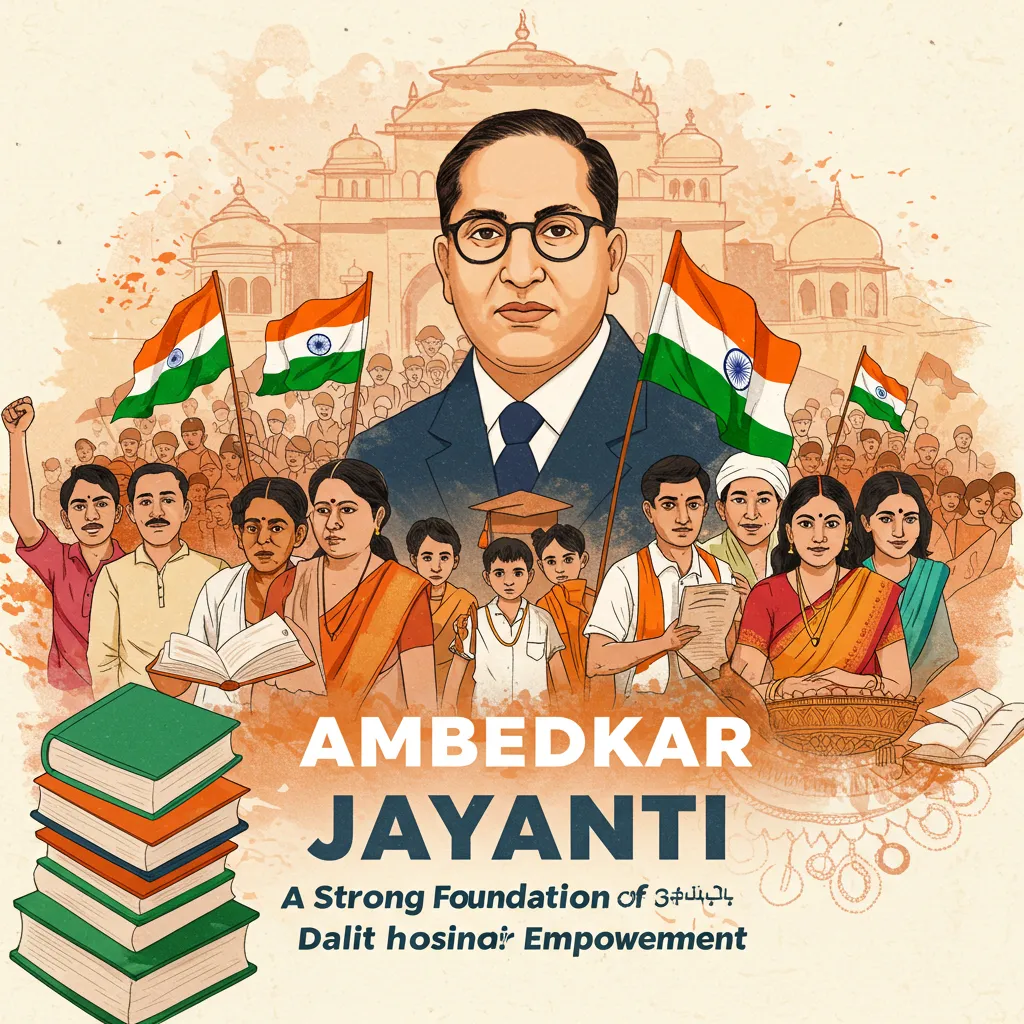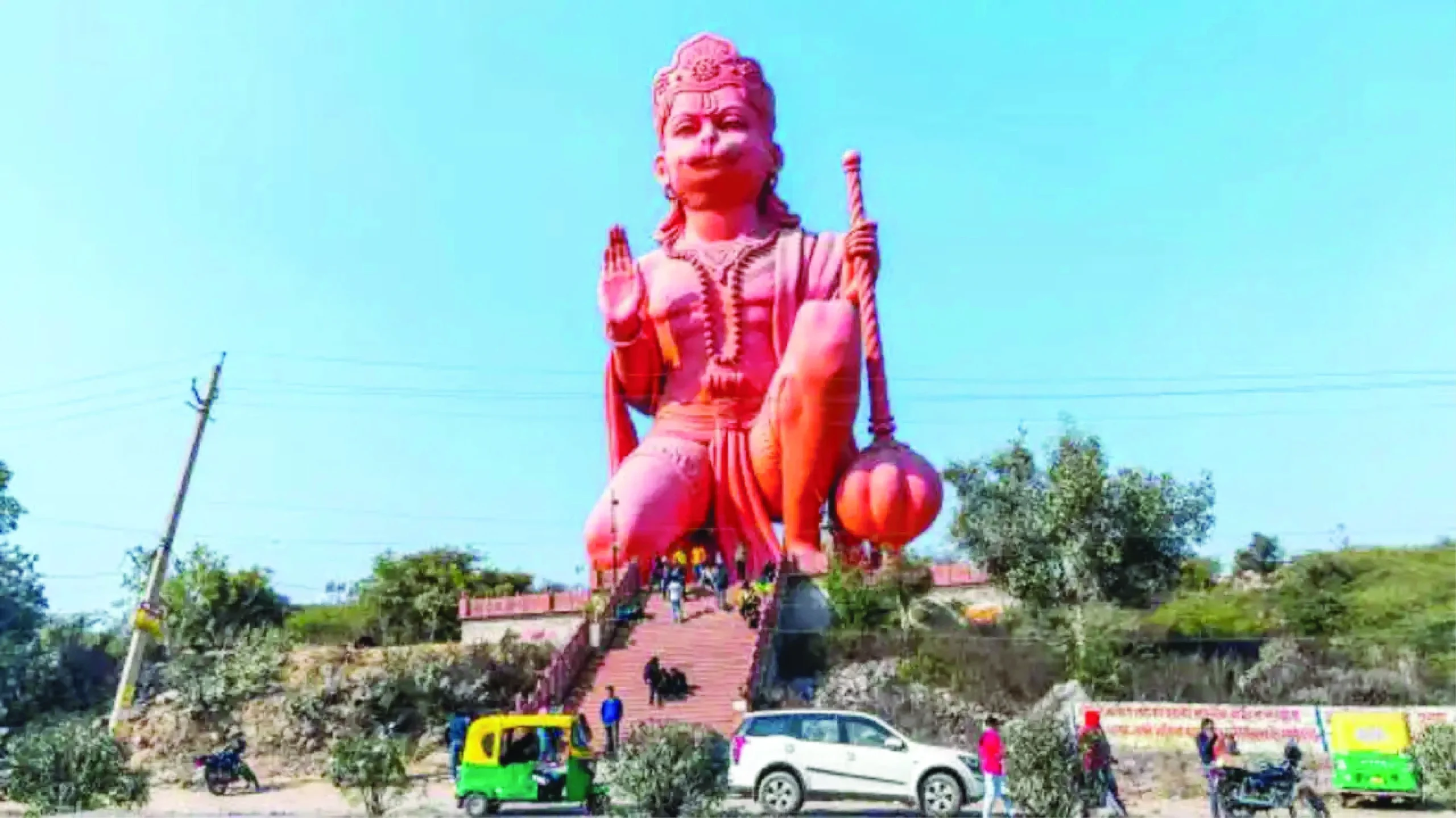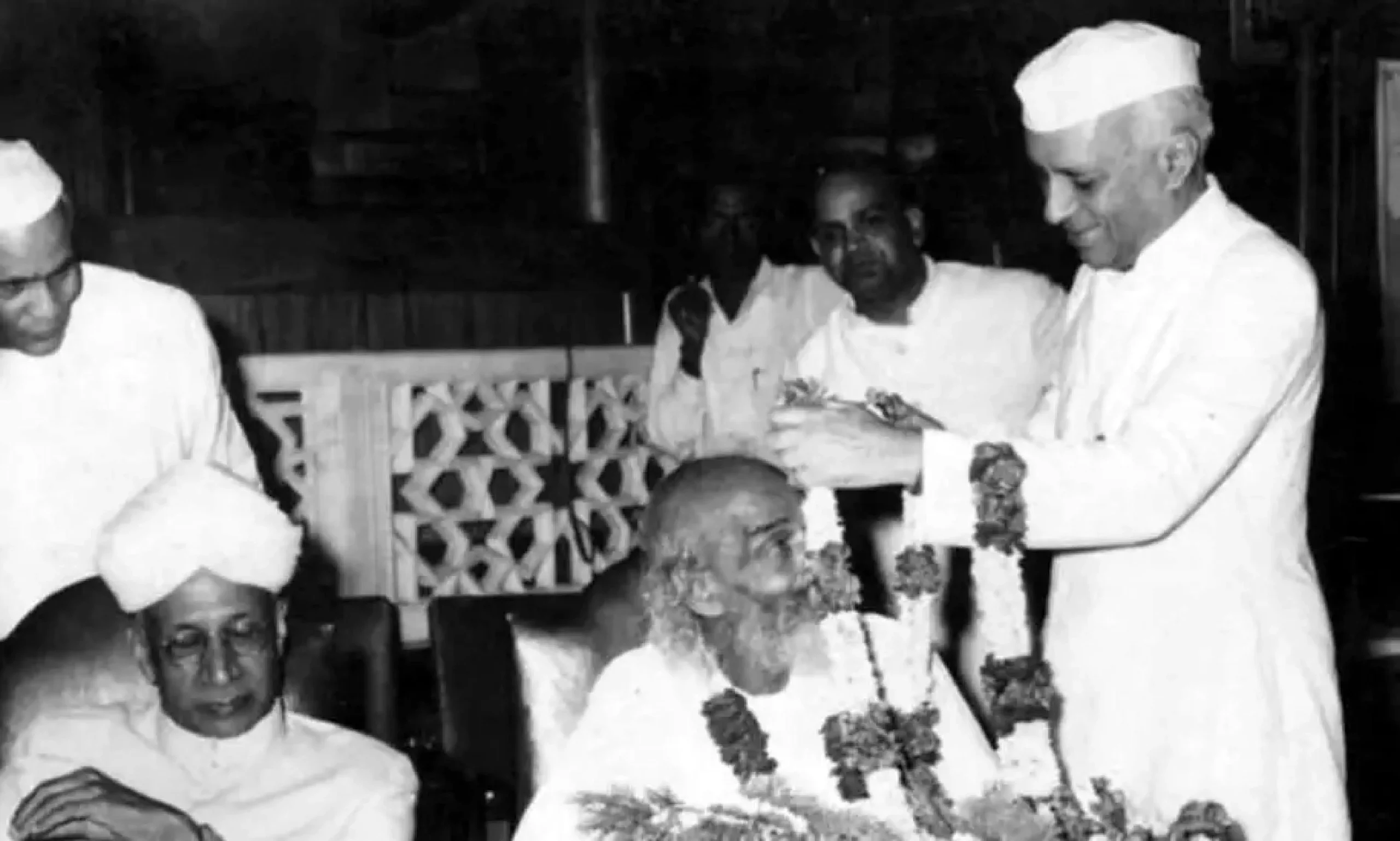Petticoats and dhotis have long been an essential part of India’s cultural heritage, symbolizing both elegance and tradition. However, hidden beneath their graceful drapes is a rarely discussed health concern—a unique condition referred to as “petticoat cancer” or “saree cancer.” Also known as Marjolin ulcer, this uncommon form of skin cancer typically develops around the waist due to prolonged irritation and friction. The term ‘Saree Cancer’ was first introduced by Dr. Patil et al. in the Bombay Hospital Journal from Bombay Hospital, India, and has recently garnered significant attention in Indian media. This condition arises from the continuous pressure exerted by tightly bound waist cords in traditional Indian attire, leading to chronic irritation. However, it would be incorrect to assume that only Indian garments contribute to this issue. Western clothing, such as tight-waisted jeans, can also cause similar irritation, ultimately leading to the same risks. Over time, this persistent friction can result in chronic ulcers, which, if left untreated, have the potential to develop into aggressive carcinoma.
Although petticoat cancer is not a common condition, it remains a significant health concern for individuals who habitually wear tightly tied clothing over extended periods, often spanning several decades. Skin cancer accounts for only 1% of all cancer cases, highlighting that saree or dhoti cancer is rare compared to other forms of cancer. The primary culprit behind this condition is the tight cord of the petticoat, which causes continuous friction and moisture retention, leading to dermatoses such as dermatitis and depigmentation. In rare instances, prolonged irritation and pressure from the cord may contribute to the onset of squamous cell carcinoma. Studies have documented these skin lesions, including their potential malignant transformations, under the term ‘saree cancers.’ The root cause lies in the persistent tightness of the waist cord, which induces chronic inflammation over time, ultimately increasing the risk of malignant changes.
It’s not just the knot used in a petticoat that can cause irritation—wearing tightly belted pants can also lead to skin sensitivity, redness, restricted blood flow, and, over time, leave marks around the waist. Tight clothing such as corsets and blouses can further compromise blood circulation. Therefore, it is crucial to avoid wearing tight-fitting clothes for extended periods for the sake of overall health. Although data shows that the risk of developing petticoat cancer is minimal, there is a well-known saying: “Prevention is better than cure”. It is always better to take precautions now by avoiding the habit of wearing excessively tight clothing.
In India, cases of petticoat cancer have primarily been reported among elderly women who have worn tightly tied sarees for over 30 or 40 years. For example, a 70-year-old woman developed a persistent ulcer on her right flank, which was later diagnosed as squamous cell carcinoma. Another woman in her late 60s presented with an ulcer that had spread to her lymph nodes, having worn a lugda—a tightly tied saree style—for more than 40 years.
While “petticoat cancer” predominantly affects women due to saree-wearing habits, analogous cases have been documented in men wearing tightly bound dhotis. Chronic friction and pressure from the dhoti’s cords can induce skin irritation, pigmentation, and, infrequently, malignant transformations such as squamous cell carcinoma. A documented instance of waistline skin cancer, sometimes termed “dhoti cancer”, involved a 70-year-old South Indian male who, after decades of wearing a tightly bound dhoti, developed a 4×3 cm ulcer proliferative lesion on his waist. This was diagnosed as squamous cell carcinoma, treated via wide local excision with a 2 cm margin.
Preventing petticoat cancer begins with changing the way traditional garments are worn and maintained. Dr. Sudhir Kumar, a neurologist from Apollo Hospitals in Hyderabad, emphasizes the need for vigilance and care to mitigate the risk. Here are some recommended practices:
Loosen the Fit: Avoid wearing petticoats or dhotis too tightly. Keep them slightly loose and comfortable to reduce pressure on the skin.
Avoid Tight Shapewear: Refrain from using saree shapewear that compresses the waist.
Rotate Knot Position Change the location of the knot regularly to prevent localized damage to the skin.
Choose Quality Fabrics: Opt for high-quality, soft materials like cotton instead of lower-quality alternatives.
Maintain Hygiene: Wash garments daily to remove sweat and prevent bacterial buildup.
Regular Skin Checks: Examine the skin around the waist regularly for signs of irritation, scarring, or suspicious lesions.
Seek Medical Attention: If any unusual skin changes are observed, consult a healthcare professional promptly.
We all want to wear body-fitting clothes to achieve a well-shaped appearance. However, while doing so, one must be cautious. If the clothes you wear are too tight, leaving red marks on your skin or making it difficult for you to breathe, it’s time to consider their side effects.
Not only this, but extremely tight clothing can also put stress on the stomach and intestines, potentially leading to digestive issues. During summer, we usually prefer loose-fitting clothes to prevent skin infections. Tight clothing traps sweat and heat within the fabric, which can cause rashes and other skin problems. On the other hand, loose clothing allows air circulation, keeping the body cool and fresh. It is not only during summer but in general that we should avoid excessively tight clothing, as it may cause skin irritation and discomfort.
There is a famous saying in India that we should eat food according to our preference but wear clothes that are appealing in the eyes of others. However, we would like to correct this notion—rather than dressing to please others, we should prioritize wearing clothes that ensure our own comfort. After all, taking care of our body is the best form of self-care, contributing to better health and a long, healthy life.
Dr. Pyali Chatterjee, HOD, Faculty of Law, ICFAI University, Raipur, Chhattisgarh, & Ms.Maitreyee Tembhekar, Student, B.A L.LB (Hons), 1 st year, 2nd sem, The ICFAI University, Raipur, Chhattisgarh.























